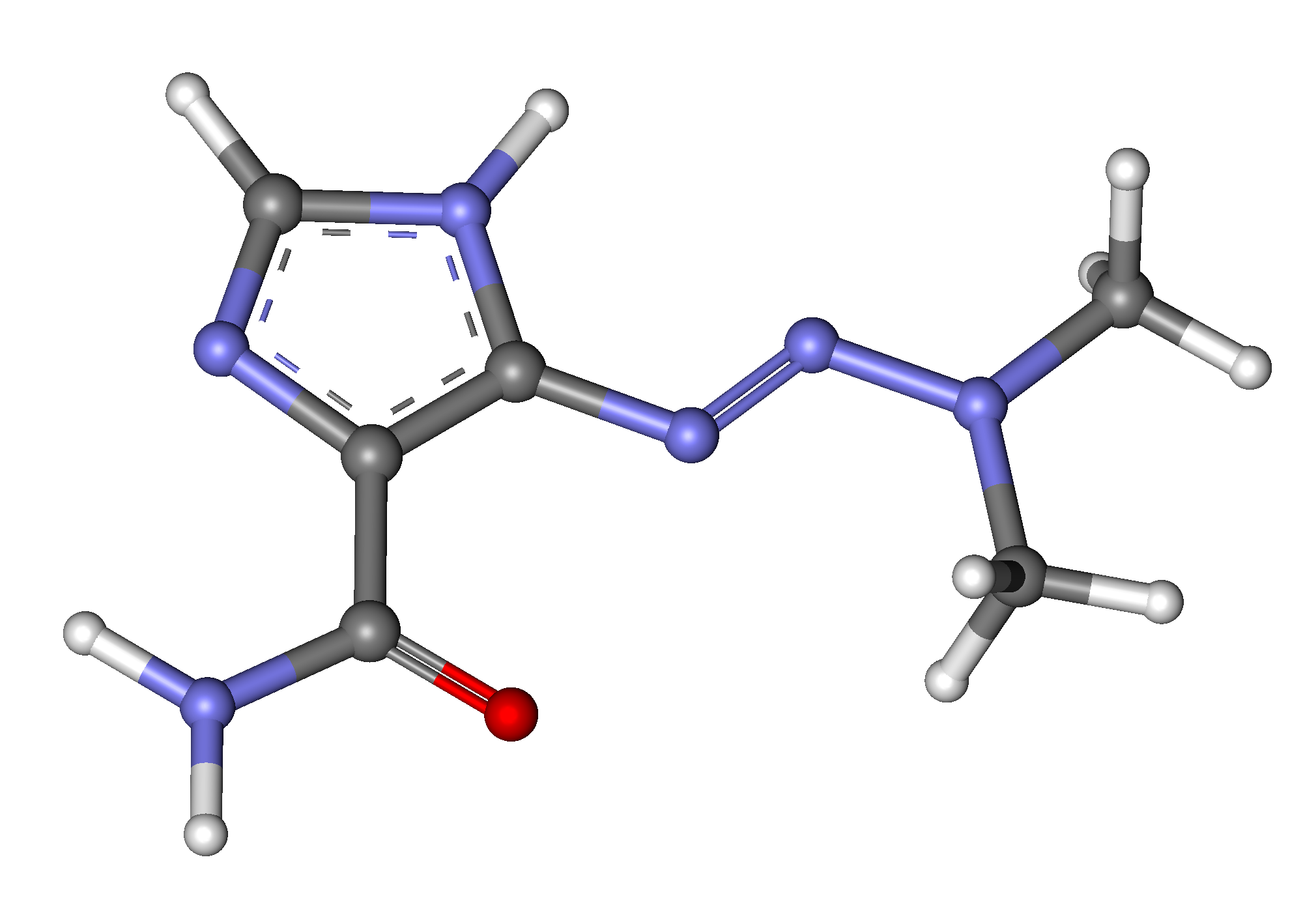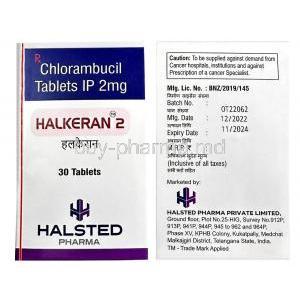Dacarbazine
- Introduction
- Uses of Dacarbazine
- Off-Label Uses of Dacarbazine
- How Dacarbazine Works
- Composition of Dacarbazine
- Dosage and Administration
- Common Side Effects of Dacarbazine
- VIII. Less Common but Serious Side Effects
- IX. Drug Interactions with Dacarbazine
- X. Warnings and Contraindications
- XI. Careful Administration and Important Precautions
- XII. Special Populations
- XIII. Overdosage and Management
- XIV. Storage Guidelines for Dacarbazine
- XV. Handling Precautions
Introduction
Brief Overview of Dacarbazine
Dacarbazine is a type of medication used in chemotherapy treatments for forms of cancer. It belongs to a group called alkylating agents, which work by modifying the DNA structure, within cancer cells.
Importance in Chemotherapy Regimen
Dacarbazine has shown effectiveness in the treatment of Hodgkins Lymphoma and Malignant Melanoma. Including it in chemotherapy protocols provides benefits, in fighting specific types of cancers.
Scope of the Article
This article explores a range of aspects related to Dacarbazine including its approved and off label applications, pharmacological properties and recommendations, for administration.
Uses of Dacarbazine
Approved Medical Indications
Hodgkin's Lymphoma
Dacarbazine is a chemotherapy drug that is used in the treatment of melanoma and Hodgkin lymphoma1. For Hodgkin lymphoma, it is often combined with other chemotherapy drugs, such as doxorubicin, bleomycin, and vinblastine, as part of the ABVD regimen123. This regimen is considered the standard of care for patients with advanced-stage Hodgkin lymphoma, as it has shown high cure rates and acceptable toxicity4. Dacarbazine damages the DNA of cancer cells, preventing them from dividing and growing1.
1: Dacarbazine - Wikipedia 2: Doxorubicin, Etoposide, Vinblastine and Dacarbazine (AEVD) for Newly … 3: ABVD | Cancer information | Cancer Research UK 4: Standard therapy of advanced Hodgkin lymphoma
Malignant Melanoma
Dacarbazine is a chemotherapy drug used to treat melanoma, a type of skin cancer that develops from pigment-producing cells called melanocytes12. Dacarbazine can be used alone or with other medications, such as temozolomide, cisplatin, or interferon-alpha, to destroy cancerous melanoma cells13. Dacarbazine works by sticking to the DNA of cancer cells and damaging it, which prevents them from dividing and growing.
1: Dacarbazine (DTIC) | Melanoma | Cancer Research UK 2: Dacarbazine - Wikipedia 3: Dacarbazine (DTIC) | Cancer information | Cancer Research UK
Investigational Uses
Dacarbazine is a chemotherapy drug that is used in the treatment of some types of soft tissue sarcoma, which are rare tumors that arise from mesenchymal cells, such as muscle, fat, or connective tissue1. Dacarbazine can be used alone or in combination with other drugs, such as doxorubicin, ifosfamide, or gemcitabine, to treat metastatic or unresectable soft tissue sarcoma23. Ongoing research is being conducted to evaluate how dacarbazine could be used in treating other types of soft tissue sarcoma, such as angiosarcoma, leiomyosarcoma, or synovial sarcoma13. Dacarbazine works by sticking to the DNA of cancer cells and damaging it, which prevents them from dividing and growing2.
1: Soft Tissue Sarcoma Treatment (PDQ®) - NCI - National Cancer Institute 2: SOFT TISSUE SARCOMA TREATMENT REGIMENS (Part 1 of 2) 3: Overview of the initial treatment of metastatic soft tissue sarcoma
Comparative Efficacy to Other Drugs in Similar Cases
Dacarbazine is a chemotherapy drug used for more than 30 years as the standard treatment for advanced metastatic melanoma, a type of skin cancer that develops from pigment-producing cells called melanocytes1. Dacarbazine methylates nucleic acids, causing DNA damage resulting in growth arrest and cell death1. However, dacarbazine is considered a choice with limited efficacy and high toxicity, and its effectiveness is frequently compared to more recent immunotherapies and targeted treatments in a constantly evolving field of therapy123. Immunotherapies are treatments that stimulate the immune system to fight cancer cells, while targeted therapies are treatments that interfere with specific molecules or pathways that are involved in cancer growth or survival23. Some examples of immunotherapies and targeted therapies for melanoma are ipilimumab, nivolumab, pembrolizumab, vemurafenib, dabrafenib, and trametinib23.
1: Dacarbazine Combined Targeted Therapy versus Dacarbazine Alone … - PLOS 2: Frontiers | Dacarbazine-Loaded Targeted Polymeric Nanoparticles for … 3: Protocatechuic aldehyde acts synergistically with dacarbazine to …
Off-Label Uses of Dacarbazine
Common Off-Label Applications
Dacarbazine is a chemotherapy drug that is sometimes used to treat neuroendocrine tumors (NETs), which are rare tumors that arise from specialized cells that link the endocrine system (which manages hormones) and the nervous system123. Dacarbazine can be used alone or in combination with other drugs, such as ramucirumab, streptozocin, or doxorubicin, to treat NETs that originate from the gastrointestinal tract, such as the pancreas, stomach, or small intestine12. However, dacarbazine is not a standard treatment for NETs and there have been reports of effectiveness based on anecdotal evidence or small studies12. More research is needed to evaluate the efficacy and safety of dacarbazine for NETs and to compare it with other treatment options12.
1: Ramucirumab in combination with dacarbazine in patients with … 2: Metastatic well-differentiated gastrointestinal neuroendocrine … 3: Gastrointestinal Neuroendocrine Tumors (GI NET) - Cleveland Clinic
Research and Studies Supporting Off-Label Uses
The use of Dacarbazine in scenarios that go beyond its FDA-approved indications is being documented more and more in the literature, although there isn't a universal consensus, on this.
Ethical Considerations in Off-Label Use
When doctors consider using a medication for a purpose other than its approved use, they need to carefully balance the available evidence, with the possible risks. They should also follow the principles of ethics.
How Dacarbazine Works
Mechanism of Action at the Cellular Level
Dacarbazine is a type of medication that works by attaching itself to the N7 position of guanine which in turn prevents the replication of DNA and the transcription of RNA.
Pharmacodynamics and Pharmacokinetics
After it is given Dacarbazine is quickly processed by the liver. It usually takes around 40 to 75 minutes for its effects to decrease by half.
The Role of Dacarbazine in DNA Damage
Dacarbazine works by creating damage, in the DNA leading to the death of cells. This disrupts the pathways that promote tumor growth and ultimately causes apoptosis.
Composition of Dacarbazine
Active Ingredients
Dacarbazine itself is the component usually found in the form of a sterile powder.

Inactive Ingredients and Excipients
The formulation typically contains active ingredients such, as mannitol and sodium chloride to ensure it stays isotonic.
Available Formulations (Injectable, etc.)
Dacarbazine is primarily found in a form that needs to be mixed before it can be given through an injection, into a vein.
Dosage and Administration
Standard Dosage Guidelines
The recommended dose usually falls within the range of 150 to 375 mg/m² depending on the chemotherapy regimen being used.










